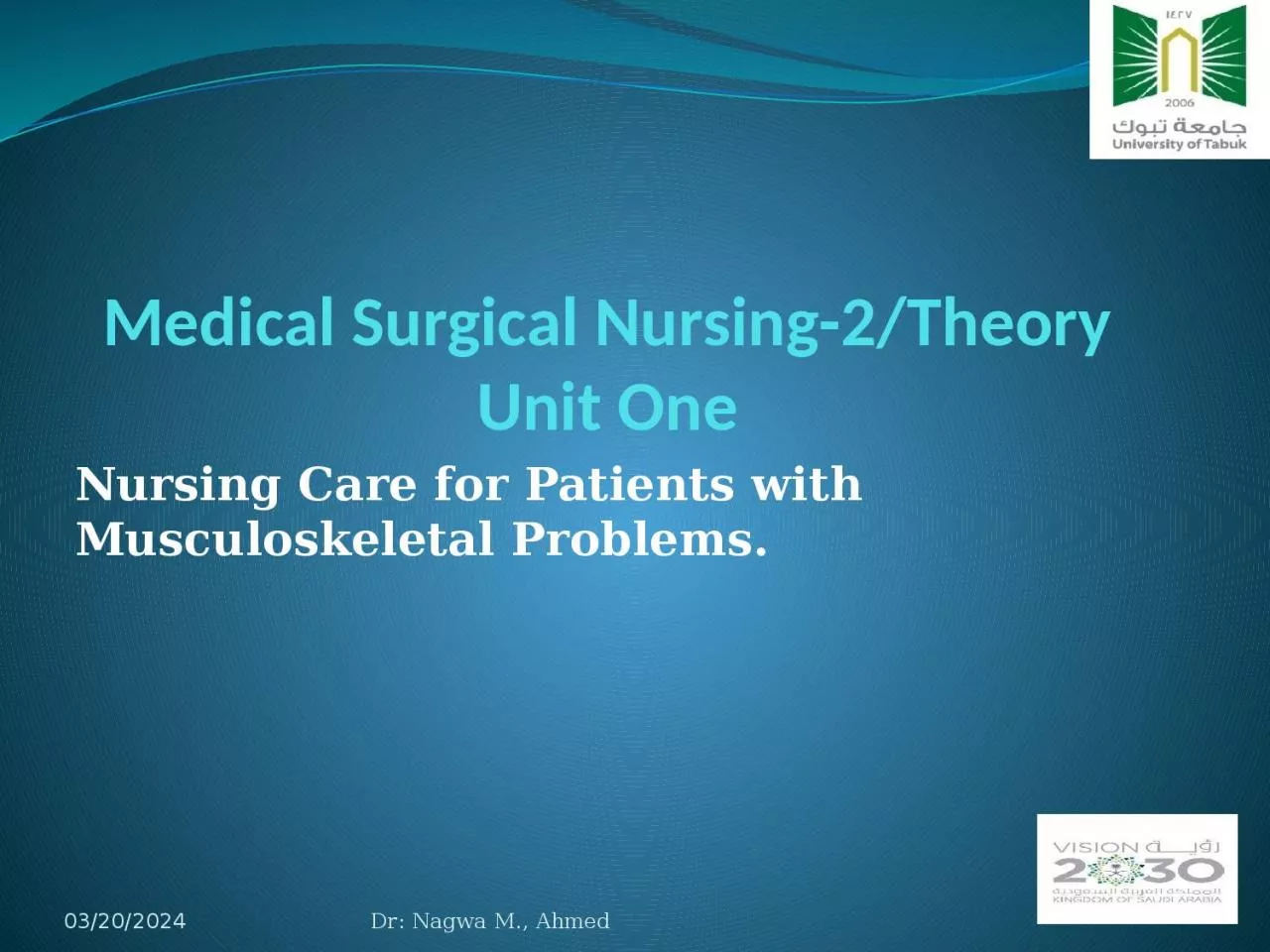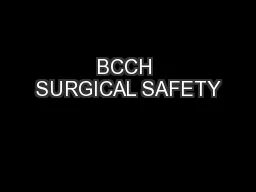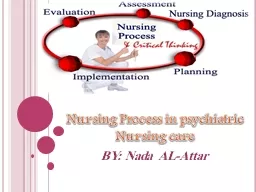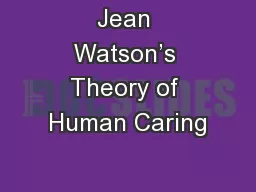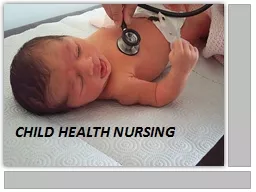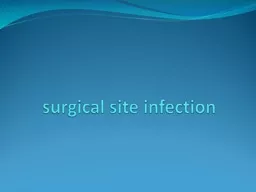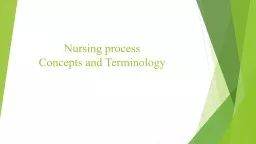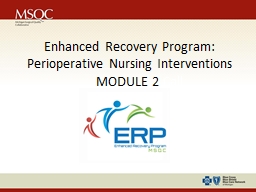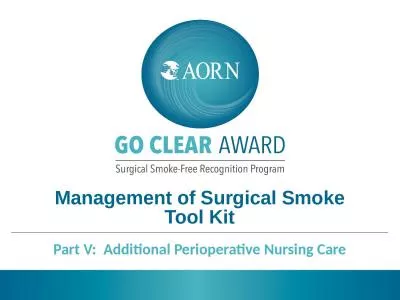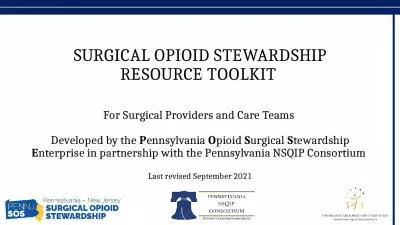PPT-Medical Surgical Nursing-2/Theory
Author : nicole | Published Date : 2024-01-29
Unit One Nursing Care for Patients with Musculoskeletal Problems 22081439 Dr Nagwa M Ahmed Introduction A musculoskeletal system also known as the locomotor
Presentation Embed Code
Download Presentation
Download Presentation The PPT/PDF document "Medical Surgical Nursing-2/Theory" is the property of its rightful owner. Permission is granted to download and print the materials on this website for personal, non-commercial use only, and to display it on your personal computer provided you do not modify the materials and that you retain all copyright notices contained in the materials. By downloading content from our website, you accept the terms of this agreement.
Medical Surgical Nursing-2/Theory: Transcript
Unit One Nursing Care for Patients with Musculoskeletal Problems 22081439 Dr Nagwa M Ahmed Introduction A musculoskeletal system also known as the locomotor system is an organ system that gives human the ability to move using the muscular and skeletal systems. or ambulatory surgical centers for calendar year 2016. The Congress should also require ambulatory surgical Report to the Congress: Medicare Payment Policy Ambulatory surgical center servicesChapte James Madison University. NSG 463. Ashley Simon. Imogene King, RN, MSN, . Edd. , FAAN. Born: January 30, 1923 in West Point, Iowa. The youngest of three children. Died: December 24, 2007 in Saint Petersburg two days after suffering from a stroke. ¹ . CHECKLIST – Audit Sheet. When patient arrives in OR, . nurse. verifies out loud:. Patient name. Procedure and site/side. Surgical site marked. . Allergies . SIGN IN. Initiated by Nurse. TIME OUT. BY: Nada AL-Attar. Learning Objectives. At the end of this cession the students will be able to:. 1- . Define the most important terms in the nursing process.. 2- . List and demonstrates the . steps of the nursing process.. Watson’s middle-range explanatory nursing theory focuses on the human component of caring and the moment-to-moment encounters between the one who is caring and the one who is being cared for, especially the caring activities performed by nurses as they interact with others. (Kearney-Nunnery. Profession Role of Transition. Professor . Jagiello. History of Virginia . Henderson. Born in Kansas City, Missouri in 1897. Nursing diploma from the Army School of Nursing in Washington, DC in 1921.. . It is the art and science of giving nursing care to children from birth through adolescent with emphasis on the physical growth, mental, emotional and psycho-social development.. Aims of Pediatric Nursing. by . Gerry . Altmiller,EdD. , APRN, ACNS-BC, FAAN. The Case:. John Egan, 53.. Hx of Type 1 diabetes mellitus, cigarette smoking 40 pack years, CAD, and PVD. . Six weeks ago, he developed a wound of his left heel which measured 4cm by 2cm when he discovered it. Despite IV antibiotics and chemical debridement, the wound developed a gangrene infection. He is scheduled for a BKA of the left lower extremity tomorrow at 10:00am.. Enumerate the factors responsible for surgical site infection. . Nosocomial Infection . An infection acquired in hospital by a patient who was admitted for a reason other than that infection .. Infections occurring for more than 48 hours after admission are usually considered nosocomial . Objectives . At the end of this lecture the students will be able to:. Define common medical terms used in nursing care plan.. Identify the medical terminology in medical record reports.. Relate common medical terms common in disease states. MODULE 2. Call. Presentation Goals. 1. Provide context and rationale for an Enhanced Recovery Program (. Why. ERP). 2. Introduce the Enhanced Recovery Program (. What. is ERP). 3. Identify the ‘key players’ and their respective roles (. Tool Kit. Part V: Additional Perioperative Nursing Care. This tool kit contains five slide decks related to the management of surgical smoke in the perioperative setting. We recommend that you review the slide decks in order. . introduction. The primary role of the nurse is to provide care. Medical and surgical nurses provide direct care to adult patients in numerous settings. Medical and surgical nursing is the largest group of professionals in the field of nursing. For Surgical Providers and Care . Teams . Developed by the . P. ennsylvania . O. pioid . S. urgical . S. tewardship . E. nterprise in partnership with the Pennsylvania NSQIP Consortium . Last revised .
Download Document
Here is the link to download the presentation.
"Medical Surgical Nursing-2/Theory"The content belongs to its owner. You may download and print it for personal use, without modification, and keep all copyright notices. By downloading, you agree to these terms.
Related Documents

